
Let us be blunt about it straight away—God of War Ragnarök is one of the greatest video games of all time. A masterpiece, a must play and just about any other superlative it’s already received and continues to do so.
The high expectations drawn in part from the excellence of God of War 2018, coupled with global uncertainties, reported production challenges, release delays, and such bumps in the path had many asking whether if this sequel could improve upon let alone live up to its predecessor.
And well… they did, in emphatic fashion!
To sum up the entire experience after multiple and thorough playthroughs of Santa Monica Studio’s (SMS) latest entry of this revered franchise that is now effectively gaming royalty, can be expressed fittingly by the game’s very own theme of ‘being better’.
It is among the finest sequel games ever made that for the most part clears an extremely high bar set by it’s predecessor, with increased character and story aspects, bigger gameplay scale and depth, building on core strengths and mitigating past weaknesses that resulted more value in every aspect of the overall experience.
To elaborate further, here’s our (lengthy) late yet frank review of God of War: Ragnarök.
The Complete Package
Plenty of people believe that the story aspect of God of War and its legendary protagonist, Kratos hit the stratosphere back in 2018.
While this is certainly a valid observation, an OG fan such as yours truly would beg to differ in stating that the story, character and lore development of God of War as a franchise has always been present albeit sometimes underrated amidst its more flashier gameplay aspects in the past.
As such, there is reason to believe that the final mileage one can get from the story of God of War: Ragnarök may be influenced by how much one has been involved with the series as whole.
This is not to say that it is a bad standalone game—just that some of the story sub plots, call-backs and set ups will certainly hit that much harder to the series faithful.
That said, spoilers ahead.
The game kicks off a few years after the events of the last one, with the iconic father-son duo of Kratos and Atreus toughing it out through Fimbulwinter.
Trouble doesn’t take long to find them as the consequences from the developments and revelations of their last adventure start (literally) come a-knocking.
In considering how to deal with the situation, gaming’s (arguably) most famous father-son duo set out on an adventure that in essence attempts to find resolutions to protecting not just themselves and the realms, but also find definitive answers about themselves and the relationships established across the series.
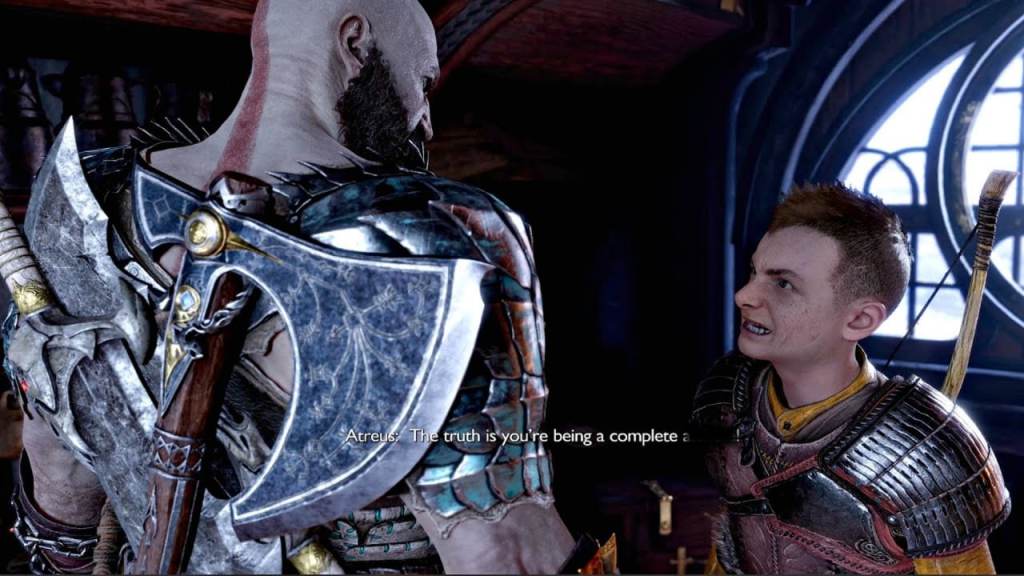
In this journey, powerful themes are tackled using much larger far more fleshed out cast of characters masterfully brought to life by their amazing VA performances.
Through Atreus we experience that all too familiar feeling of struggling for identity in adolescence. He’s also no longer the ‘yes sir’ cadet following every command of his father, as he has his own ideas about himself and the world which are well-depicted through his deuteragonist role within the game.
His character develops its own distinctive aspects and quirks that is a welcoming contrast to his father’s stoic and minimalist approach to social interactions.
He retains his proactive curiosity for the world around him, but also shows a more developed sarcastic undertone in his humor and social banter, that is well utilized in contexts. I would go even as far as to say it reminds me of one Mr. Nathan Drake in how he carries himself at times.
Freya steals a lot of the scenes with her emotive process of handling grief, as well the need for revenge. In fact, there are some scenes and conversations where the talents of Danielle Bisutti are fully on display, as Freya on more than one occasion throughout the game lays bare the state of emotional turmoil she continues to wrestle with, while passing through the stages of grief and struggling to find purpose after being dealt bad hands her whole life.
We see both an emotionally compromised yet justified version of Freya that is resonated by any parent in a similar position as hers.
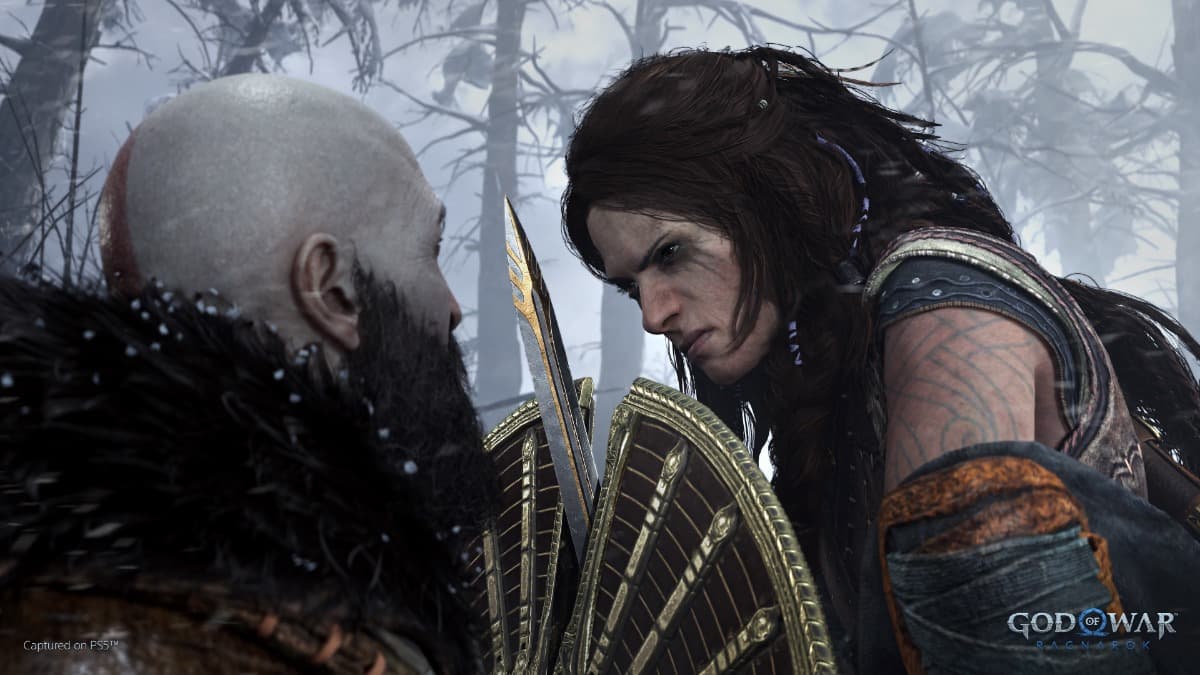
The Huldra brothers have a much larger involvement this time around, which is very much a welcome addition. Mimir, Brok and Sindri are fan-favorites and more of their usual roles as supporting characters is always enjoyed. But even they have their own storylines of sibling relationships, validation and self-acceptance.
Mimir in particular is just so well done this time around, with Alastair Duncan providing yet another stellar follow-up to his 2018 performance. There is a lot more variety to Mimir’s roles this time, including more personally motivated angles in many of the game’s sub-plots and proceedings.
His relationship with Kratos is a major highlight, as the Smartest Man Alive can lay claim to be considered a brother by Kratos himself, as he provides company, comedy and counsel to the weary God of War and his travel companions.
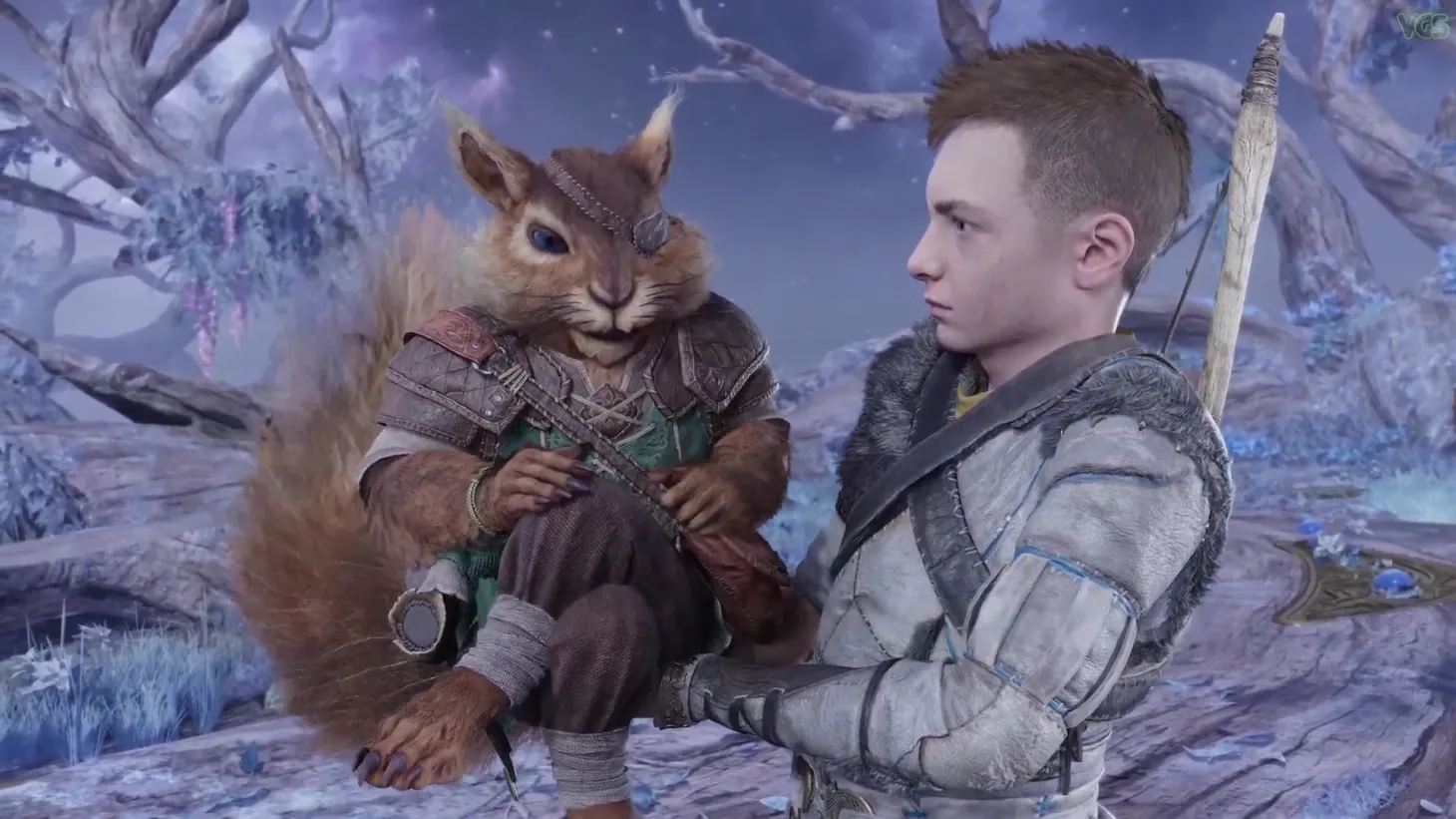
There are also more additions including the ever-charming Ratatoskr with his sophisticated, philosophically humorous disposition, as well as the enigmatic and mysterious involvements of Tyr, the former God of War of these lands. Angrboda’s appearance though sparse within the game is still memorable in how it affects the characters and overall story direction.
Mythical beasts such as Garm and Fenrir make debut appearances alongside the return of everyone’s favorite giant serpent Jörmungandr. Plenty of Aesir and Vanir gods show up as well–this is Ragnarök after all.
Yet of all characters, Richard Schiff’s take on Odin is probably one of the best subversions of expectations period. Contrary to getting a Zeus 2.0, we get a comparatively ordinary and frail looking All-Father who comes off as a sleazy, silver tongued and opportunistic CEO of a global corporation, who could in all likeliness reason with you on his actions.
Richard Schiff’s performance knocks Odin’s scenes out of the park every time, and does good on every bit of the scheming, manipulative maniac that Mimir hyped us about
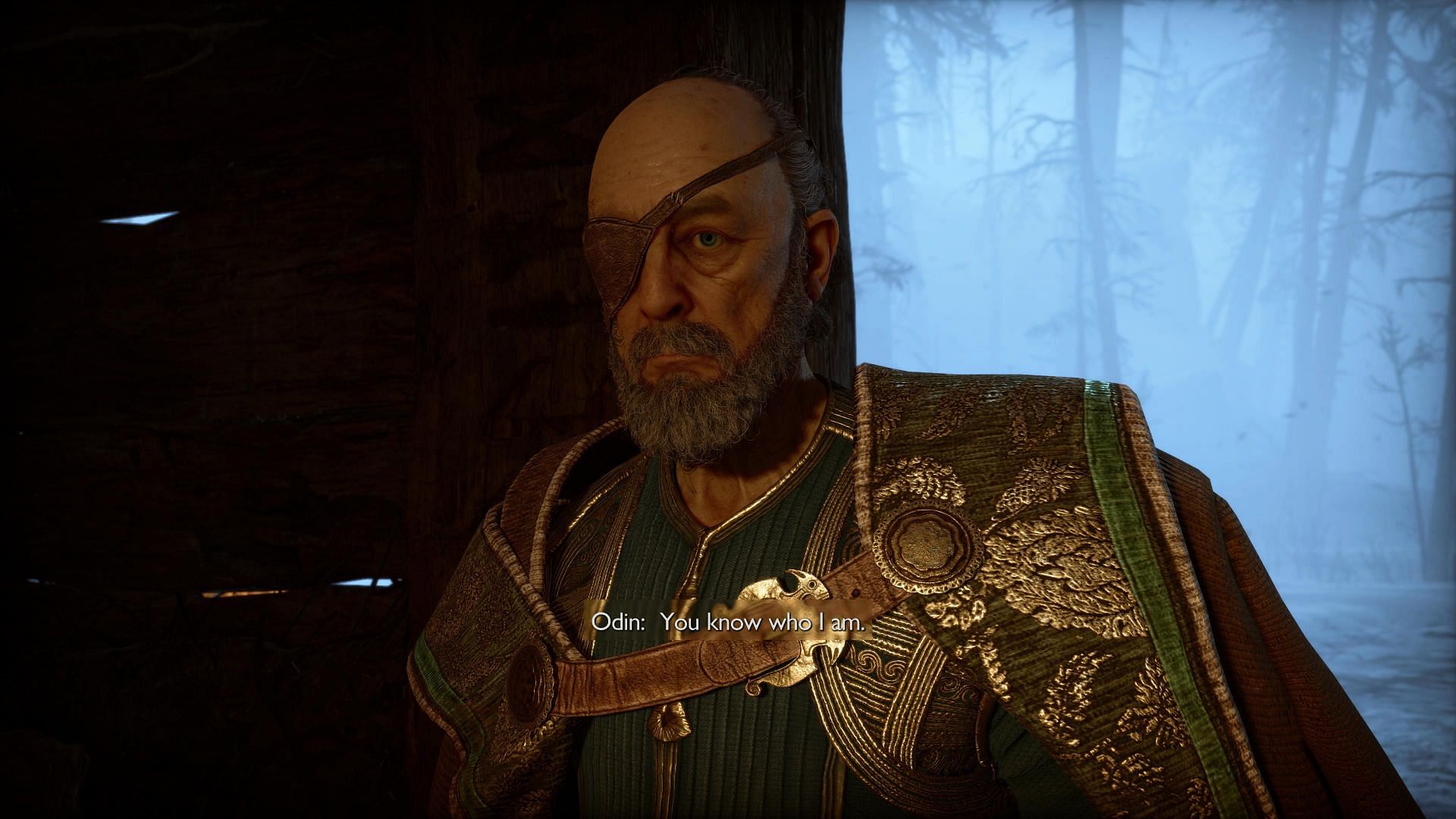
Speaking of hype, then there’s Thor. Built up as the ultimate challenge for Kratos, Thor’s impact is quickly established as a thunderous, violent and legitimate threat to Kratos—yet there is a subversion here too.
We were probably expecting a series of violent encounters. Yet in far fewer encounters and key appearances in the game, we see a far more humanized Thor. To me, Thor mirrored the young Kratos, and is what I believe Kratos would have been if he had not found redemption.
We see not merely just a mindless butchering jerk as Mimir would have you informed, but a Thor who clearly realizes he needs to be better for those he has left to care about but is succumbing to his own weaknesses and personal demons.
I actually sympathized with the character more than I could have imagined– how many among us are finding it difficult to seek help or are broken because our personal demons and those who are supposed to love us have told us that we are worthless, and that we cannot change?
Thor’s depiction is a sad reflection of poor parenting and its effects on future generations. That said, could we have gotten more frequent and far more destructive fights between Kratos and Thor?
Definitely, and maybe there could be a gripe about that, but in hindsight I feel that it played out just fine in favoring Thor’s involvement more towards the character aspect of the legendary Norse god.

But it is the personal journey of Kratos that wins on all fronts. One of life’s greatest pleasures is watching things come full circle, and it was a genuine pleasure witnessing the character development of Kratos come full circle in what could even be his final journey if deemed as such by SMS.
From the vengeful god killing machine of death and destruction devoid of any greater purpose, to the far more calm and reasonable being that genuinely wants to make amends yet resigned to the notion of being universally rejected forever, it is truly an emotionally huge payoff in the final hours of the game to feel the journey’s end (if this is it), especially knowing all that he went through. I genuinely shed a tear at the final cutscenes of the main story.
These are just some of the themes and stories explored in the game, as there are a lot more characters and relationships among them that are explored, including family, of love, deception, betrayal, loss, vengeance, self-forgiveness, and of course, our responsibility to be better beings to ourselves and to the world around us.

Such themes and relationships are not just forced within the main story. The game skillfully weaves these aspects through a far more fleshed out set of side quests that give ‘Witcher 3: The Wild Hunt’ a run for it’s money. Seriously, the effects of the side quests really are something else here.
We’re talking about vast majorities of map areas and even new exclusive areas, permanent level modifications and completely missable enemy encounters in such quests, that aren’t just rare loot grabs but have add serious narrative depth and context.

The in-game conversations where various companions share conversational tidbits really do add a lot to the world and character building across the lengthy span of the game.
Some of the most interesting and memorable moments of the game came entirely from these parts, which includes (but is not limited to) the blunt and straightforward approach of Kratos leading to many humorous instances, the attempts to talk about entirely normal ‘human’ things, as well as cultural shocks between Greek and Norse customs among others.
There are also call backs to the past in many of these instances where they are simply sentences to the unassuming, but to the seasoned veteran, they feel the emotional weight behind those lines, as they refer to the bloody and harsh life that the Ghost of Sparta once lived through.
Kratos in particular now shows a more trusting and (relatively) relaxed disposition towards familiar characters, with more social reciprocation, gratitude and so forth which feels genuinely well developed and in line with his character growth.
:no_upscale()/cdn.vox-cdn.com/uploads/chorus_asset/file/24165363/god_of_war_ragnarok_sindri_house_meal_3840.jpg)
All nine realms are accessible this time around, and with it, a fittingly much larger scale of levels and designs are presented to the players. This includes more vertical platforming, more fluid traversal mechanics and easier realm travel options.
The realms are distinctive, with many having their own unique properties that influence travel and combat, which can range from element manipulating puzzle mechanics in realms like Svartalfheim, violent flora traps and day night manipulations in Vanaheim and so much more.

As for the puzzles themselves, there are decent puzzles this time around as well, that unlock new areas, shortcuts, collectibles and other unlockables using your weapons, abilities and world specific mechanics.
While there are no majorly huge head scratchers on this front, it is still a good break from the usual frolicking about for usual ‘gathering resources’ as Kratos would put it, and combat that comes with a game series poetic in its violence.

Speaking of combat (which is arguably the single most core mechanic of any God of War game), the combat mechanics have been polished upon, with plenty of interesting new mechanics added to flesh out the combat experience for both new and returning players.
The additions are so good, that it is hard for me to contemplate going back to 2018’s combat mechanics (I know, I tried), and that in itself is an acme of the combat mechanics having truly matured in Ragnarök.
Along with the familiar Leviathan Axe and Blades of Chaos is the Draupnir Spear, which is in my opinion, one of the most satisfying weapons to use, in how it complements the other weapon elements, and is capable of enhancing and debilitating with blindingly fast and flashy moves.
I also would go as far as to say that the weapon ‘feels’ like it is a weapon that resonates with Kratos more than any of his other weapons. The blades represent the past he hates, while the axe represents the present he lives in. The wind elemental spear as such, a call back to his Spartan heritage–a past that he once cherished, which he carries with him as the last Spartan.
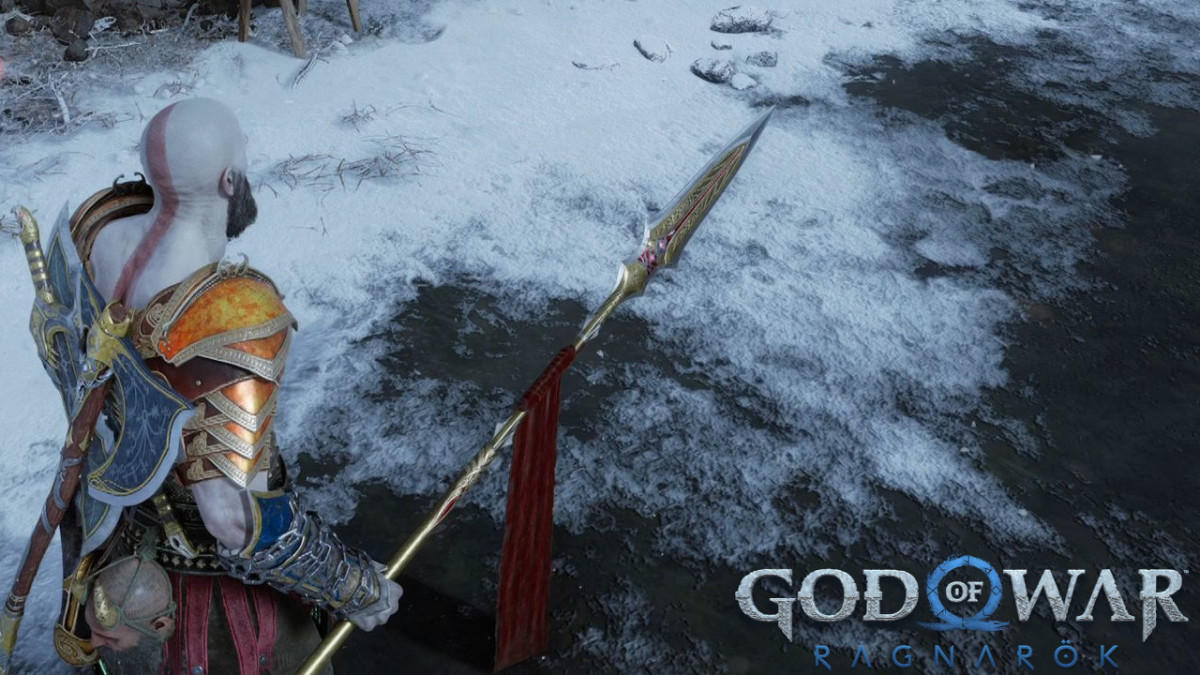
This, along with the addition of various shield mechanics, weapon elemental activations, new runic attacks, additional rage modes that add more utility, and an overall more diverse variety in character and companion abilities and customizations all allow for far more offensive options this time around.
And you’re going to need that, because it appears that SMS acknowledged the lack of enemy and boss variety in the previous game and went to town on this one, adding far enemy types, coming in all shapes and sizes.
From usual grunts such as raiders and draugrs, bloodthirsty beasts and demons, humanoid elven armies and bifrost inflicting Asgardian warriors, to colossal behemoths and dragons, there is no shortage of combat versatility, and as such, demands likewise skill from the player.

If the usual hordes prove less of a challenge, we recommend taking on the many new optional bosses in the game, primarily the berserkers, who are subbing in for the Valkyrie fights this time around as well as combat challenges in realms such as Muspelheim.
Among the optional challenges, a special super boss appears only after post game—in the form of Gna, the new Valkyrie queen, and will prove just as much if not more than a challenge than Sigrun from 2018.
We note the post-game aspect here, because there are many side quests and activities that unlock only in post-game, so there’s definitely more to do even after the main story is complete.
To add to all this is that while Kratos is the main playable character, there are sequences of the game where Atreus is playable, and he comes with his own set of battle mechanics, mostly as a ranged mage archer of sorts, and has his own set of battle and skill customization options, which is a good addition.
When I first got control of him, I initially worried that he might not stick memorably in combat.
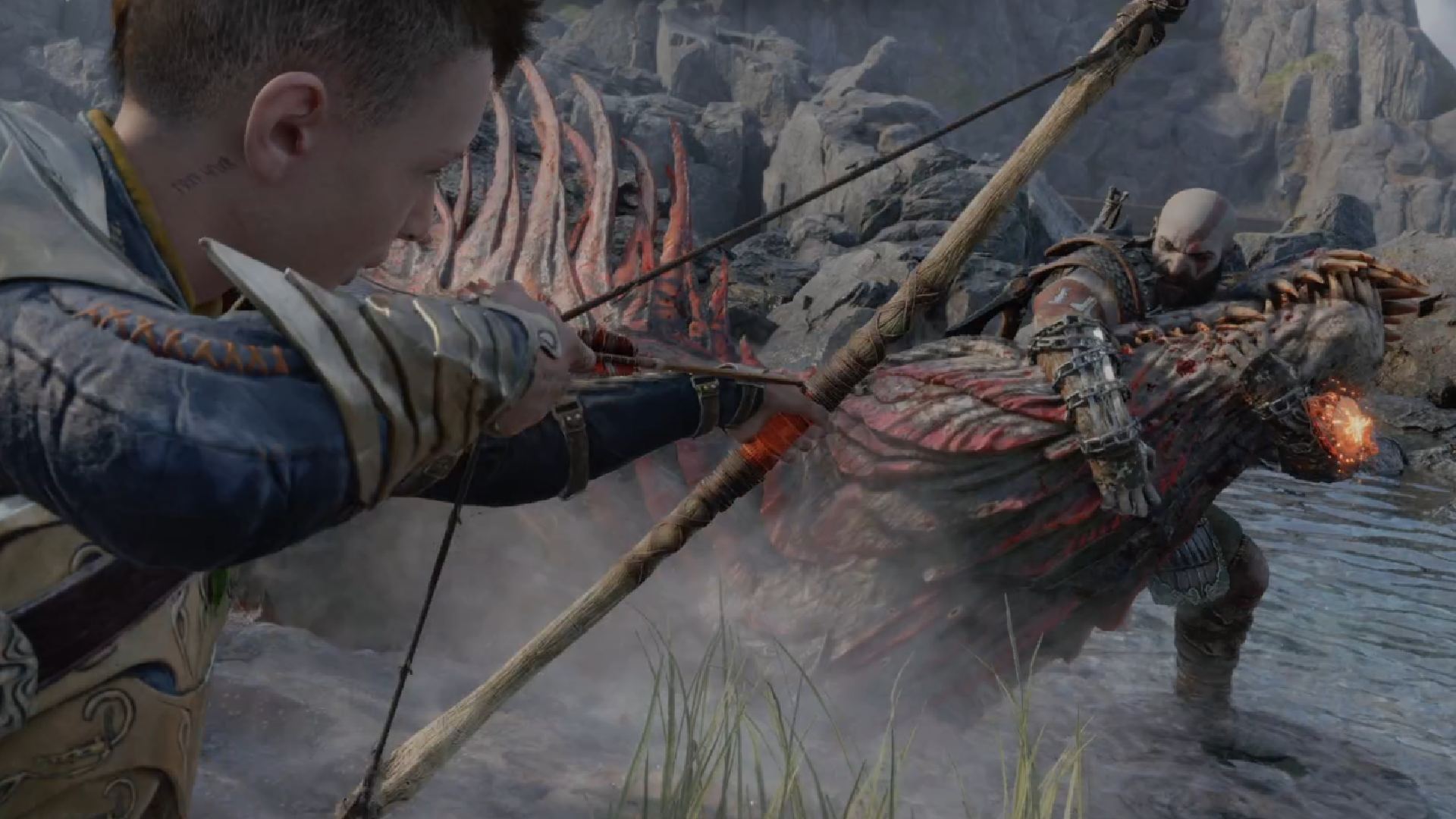
But despite not having the raw power of Kratos, Atreus does indeed come into his own in combat—which certainly bodes well if SMS decides to utilize Atreus in any future plans for the game.
Speaking of which, I believe it is safe to assume that with how some character stories went in the game, the opportunity for spin-offs and DLCs are certainly an option if such avenues are to be explored (I’d personally love to play a Thrud DLC).

The entire cinematic and gameplay experience is enhanced by excellent visuals that make full use of a wide variety of design and textures that ensure that we get a truly diverse visual feast for the eyes. It’s not all snow and blizzards—there are tropical climates, deserts, ornate temples and industrious settlements, widespread valleys and vistas that are beautifully designed.
The soundtrack helmed by the ever-talented Bear McReary is a powerful agent in bringing out whatever emotions we are supposed to feel at any time—from tense build ups between characters, epic climaxes to massive encounters, or even those subtle, heart tugging chords during the quieter, more personal moments felt by the characters and by extension, us.
Flaws of War: Ragnarök
With all the praise hailed for Ragnarök, you’d think that we’d say this game is absolute perfection, with no flaws to speak of right?
Well, no actually. There are a few qualms and issues to be had among a variety of aspects of the game—some that are by design, while others can be attributed to set expectations to this franchise, especially with such a powerhouse predecessor for comparison.
What was noticeable as the game was played, especially in multiple runs was that there were pacing issues experienced in spells that affected the overall storytelling and presentation, which I daresay (along with gameplay) is the strongest aspect of God of War: Ragnarök.
There are parts of the game which featured a lot of unskippable walking, dialogue heavy and sequences and cutscenes that bogged down the experienced momentum, especially when the narrative plot starts moving forward a lot more.

The frequent support character switching (and maybe to some degree, the switching of main characters) is very new to the franchise, and as such at times it can feel a little strange when compared to the simple set-up of Kratos and boy developing a very strong organic bond as we got to spend more time with the both of them.
Here, more characters and match ups are competing within the run time that can sometimes leave us wanting more of certain pairings, and being unfulfilled by the end of it. While we can understand that SMS may have had to resort to this due to having to fit what is normally a 3-game storyline to a 2-game conclusion which would mean heavy exposition and dialogue is necessary at times, it still feels a bit irritating at times.
This is particularly the case when you want to play another run of the game at a different difficulty, which raises another key issue—that of the replay value.
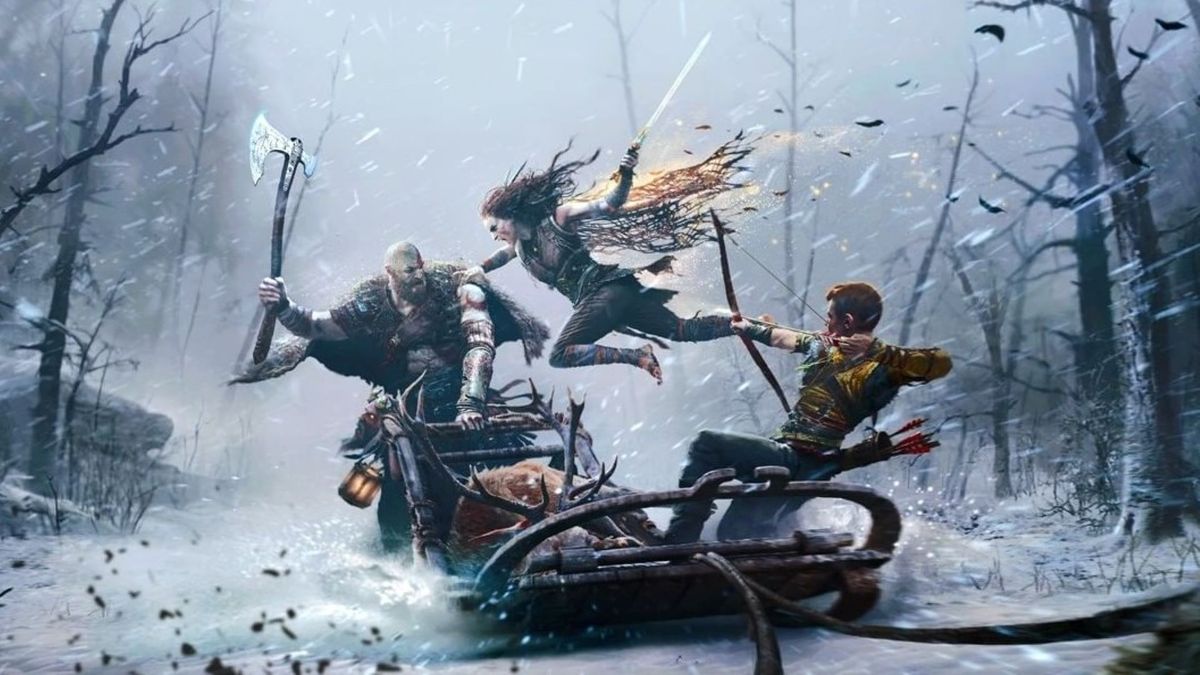
This is an aspect particularly felt strongly given the fact that NG+ is a common expectation of many games today, and God of War 2018 had successfully implemented it, which extended the gameplay experience for many players, along with the introduction of photo mode as well.
This time around, photo mode is available from the start, but it would have been nice to have NG+ from the get-go.
In the absence of such a feature with the perks and challenges it brings, many players who have had a healthy fill from this much lengthier game than it’s predecessor, may not have had additional incentive to start a new game again—which is not to say there wouldn’t be replays happening; infact,
I’m enjoying my second run on GMGOW difficulty. At the time of this review, the NG+ is expected to roll out in Spring 2023 and as such, may address this particular gripe. But there’s no denying that the current limited replay value may have affected some folk’s choice of picking a different, more replayable game over Ragnarök as their game of the year.
More in-game issues notable include some inconsistency in the depth of level design. The boast of all realms being available is on paper an eyebrow raiser, only for us to find out that some realms like Niflheim are merely a few platforms and not drawn out like others, such as Vanaheim and Svartalfheim.
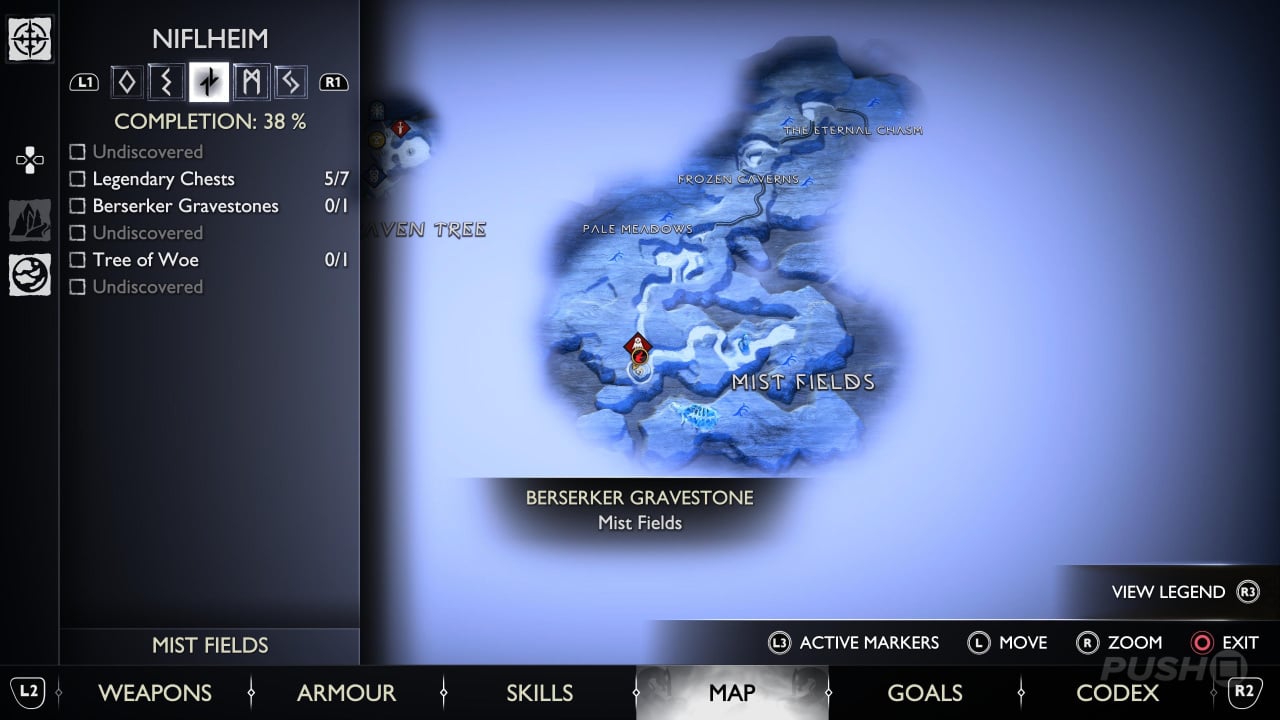
Speaking of Vanaheim, the in-world mechanics along with some rather inconvenient platforming designs make it an absolute chore to go around collecting items, especially if you miss that one particular item in the quest to 100% a map area.
This isn’t helped by some inconsistent fast travel set-ups, where there is an overabundance of them in some places, while in others where they could really be useful, they are far fewer in between.
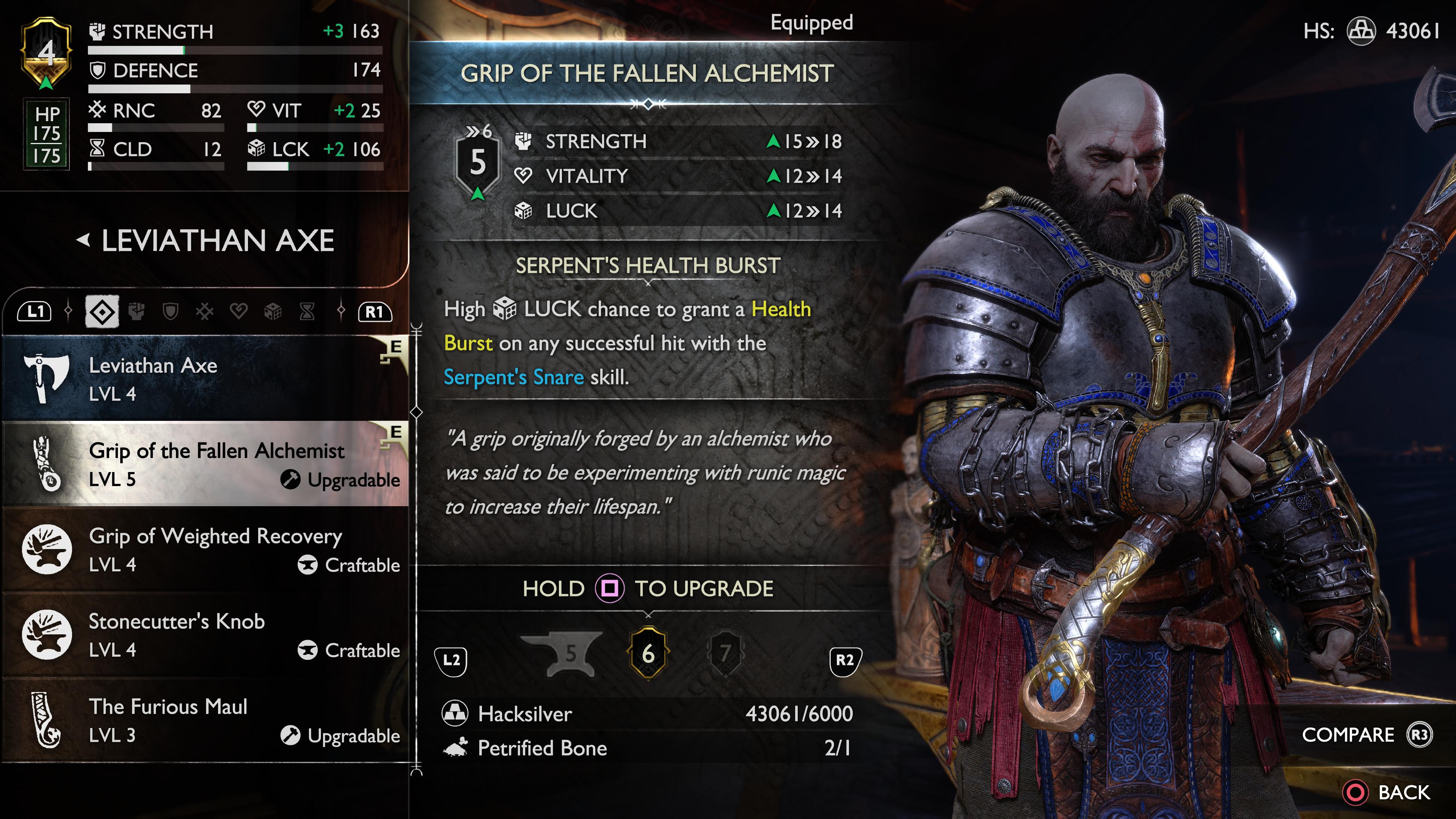
And while the overall menu UI is a lot more informative this time around, I personally felt that it was still a little… cramped, which took some getting used to. I would also opine that the berserkers as good as they are, simply don’t have the same ‘oomph’ to substitute for the valkyries from 2018.
Even on higher difficulties, they are far more predictable and lack the combat lethality and spectacle power as the Valkyries. I felt a little let down by that, as I enjoy the super-boss aspect to any video game.
Gaming Excellence
Even so, with all that said, I truly feel that God of War Ragnarök delivered on so many more fronts and in so much more ways than it fell short in the very few places that it does.
The overall story, character and world building are masterfully crafted and experienced within gameplay mechanics that are a joy to experience in all aspects of gameplay, brought to life by gorgeous visuals, impressive soundtracks and ever satisfying haptic controller feedbacks.
If God of War 2018 is a masterclass on the single player experience and how to strike a perfectly balanced sequel and soft reboot, then God of War: Ragnarök is a masterclass on making an excellent sequel that in more ways than one, strikes a balance on doubling down on what works, fixing what didn’t, and including fresh mechanics and activities within the game to ensure there’s something in it for everyone to get good mileage out of new beginners and veterans alike.
/cdn.vox-cdn.com/uploads/chorus_asset/file/24217859/kratos_atreus_god_of_war_ending.jpeg)
When it’s all said and done, to me and so many others, God of War Ragnarök is a powerhouse entry in the annals of gaming that raises the bar yet again and deserves all the praise it’s gotten. It is a love letter to those who have followed the journey of Kratos, whether they did so from the Greek or Norse era.
A shining example to the power of video games as an art form and storytelling that draws upon powerful themes to deliver even more powerful messages for reflective thought.
A testament to the skill and passion of the people who have gone above and beyond in delivering what is nothing short of a gaming experience that is a must-play for any gamer, as I tip my hat off to them.
It is gaming excellence, and it is a must-play masterpiece.


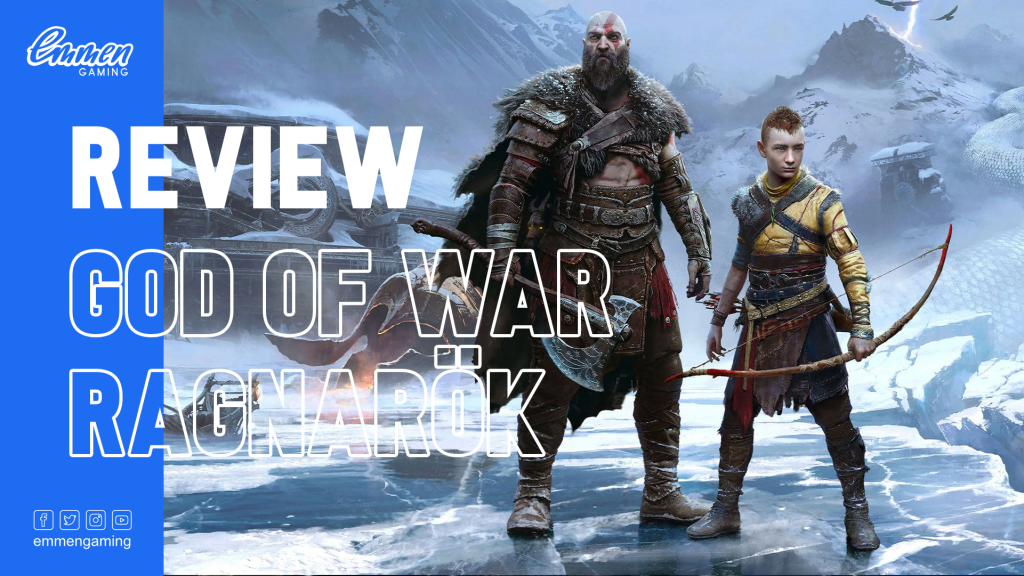




Leave a comment